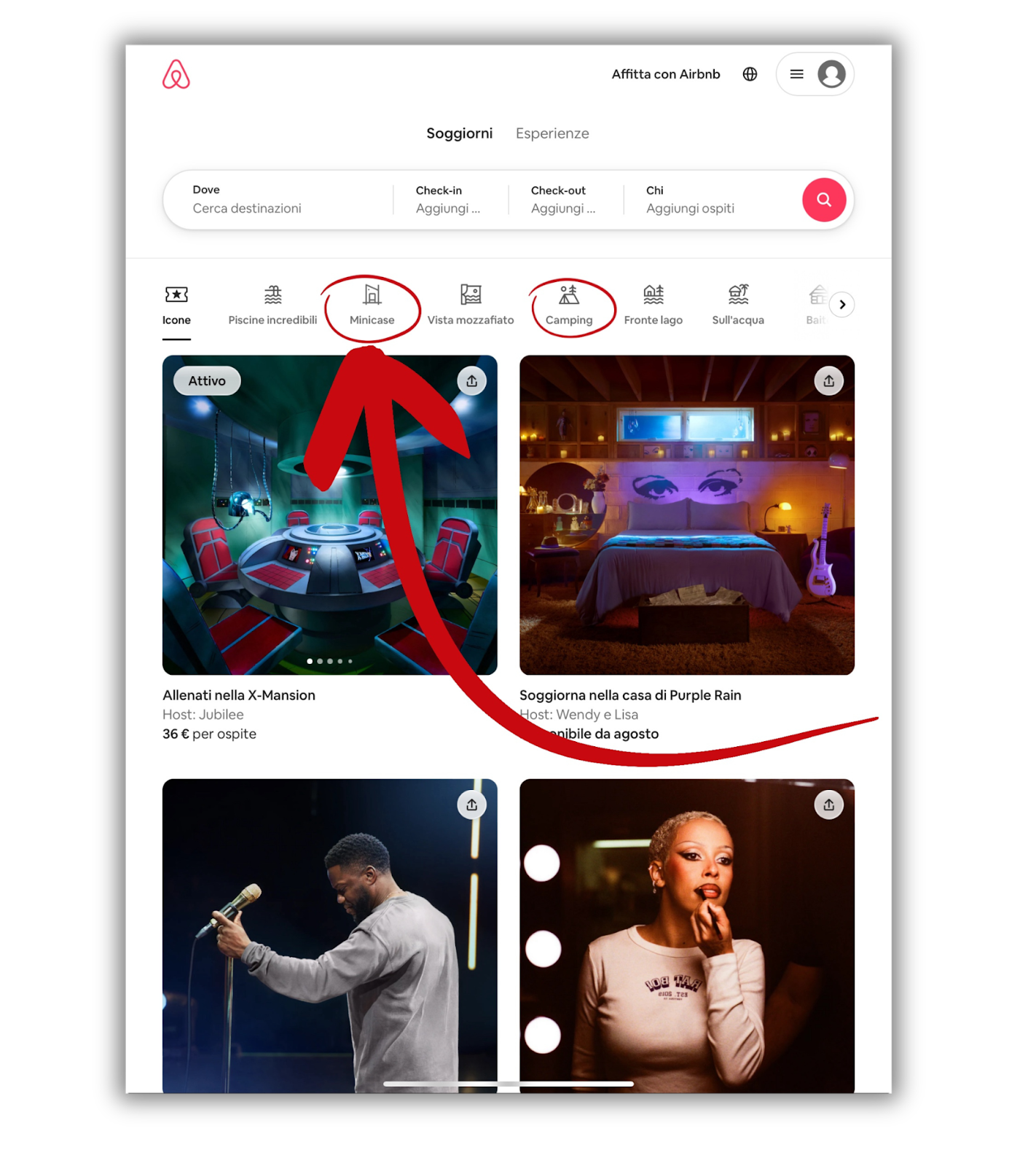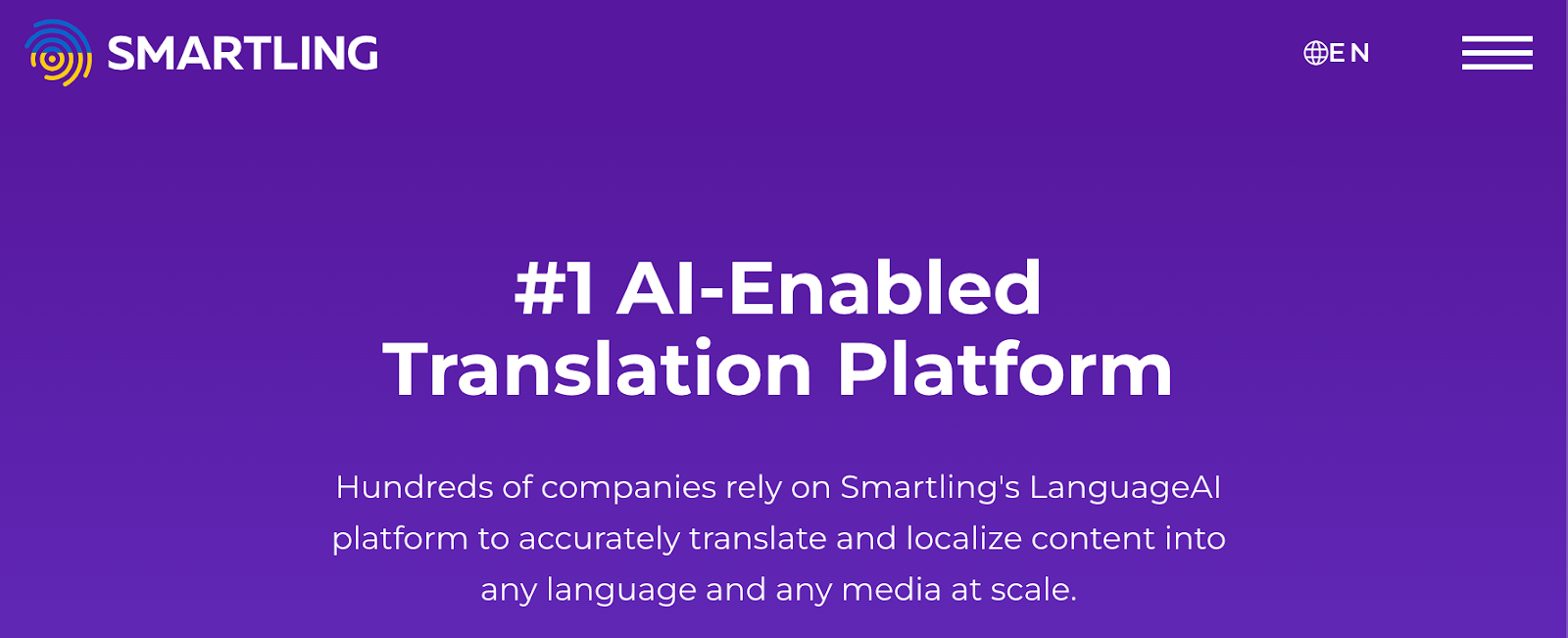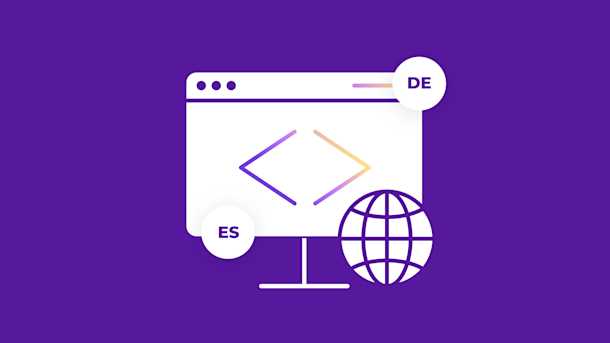When you have a product that meets demand and local customers’ needs, there’s only so much you can do to scale. The next step is expanding your business for a global audience, which comes with challenges.
Software globalization involves serving global audiences while accommodating various languages, cultures, budgets, and needs. If you want to scale to your company’s maximum potential, you can't just offer everyone across the globe the same out-of-the-box software experience. You need to tailor your software for each global audience.
Let’s find out how you can create and implement a strategy to successfully globalize your software development process.
Understanding software globalization
Software globalization involves preparing and adapting your software for global audiences. Think of legacy applications like Microsoft’s tools and how they successfully reach every industry and market in the world. It takes intentionality to adapt software for global audiences.
Globalization includes adding a flexible website architecture and using a content management system that supports diverse languages and can adhere to cultural nuances.
Your app should also consider differing norms for content across the globe. For example, you may need to consider right-to-left reading audiences, other countries’ number or time formats, and different time zones, font preferences, and character types. You’ll need to globalize these differences to meet communication needs in languages like Arabic, Hebrew, Japanese, and Chinese Mandarin.
Software globalization paves the way for the next step: software localization.
Localization involves transforming a global app into a local experience for each market. For example, if someone provides SaaS services to a local market in Montreal and the rest of Quebec, they could use the local French-Canadian dialect to connect with their audience. This process also means including idioms, nuances, and details that enhance your message for each target market.
The benefits of software globalization
Software globalization helps your company scale more effectively. Below are a few strategies to help you succeed in the global market:
1. Expand globally to increase sales
Without globalization, you’re stuck with your local market. Sure, you might be able to use American English, British English, or similar dialects to reach users across borders, but you’ll always seem foreign to that audience. You may also miss leads, opportunities to connect with customers, and the potential to increase customer lifecycles and overall sales. Plus, you’re limited to English-speaking audiences, which excludes consumers in many countries.
Globalization, on the other hand, opens access to the entire world. You can now build a website and software product that facilitates different translations, payments, services, and customer experiences. You can also increase sales and grow through market expansion by multiplying your pool of potential customers.
2. Build an infrastructure for localization
Once you’ve implemented capabilities to reach international markets, like a translation management system to process content, a translation proxy like Smartling’s Global Delivery Network to provide the right website versions to local audiences, and more, you can build your strategy for localization.
Localization can help you reach thousands of different target markets. This may sound impossible to achieve on your own, but thanks to machine translation (MT) technology and a globalization infrastructure, your brand can produce content at scale with fast, affordable, and accurate translations.
3. Create more positive customer experiences
You can provide a tailored customer experience to your target audience through internationalization and localization.
Instead of feeling foreign and “off” due to strange phrases or missing cultural nuances, your brand will appear local and familiar and will speak on the same level as your customers.
When leads visit your website, they can connect right away with content that you’ve created just for them. Then, when they use your software, users will easily understand and onboard. If customers need resources or want to contact you, you can also provide localized information that they’ll understand.
Software globalization example: Airbnb
One great example of software globalization done right is Airbnb. This company offers immersive app experiences, regardless of where you’re from or what language you speak.
For example, if you are an Italian speaker looking for places to stay in Germany, this American app displays prices in Euros and provides all content in Italian. The webpage and mobile app both provide a globalized experience, so Italian speakers can easily use it to find somewhere to stay.
Then, localization comes into play with a menu that’s not just translated but also localized. For example, Airbnb’s “tiny house” option, where you can stay in a smaller-than-average house, appears as minicase, while “camping” remains the same because Italian audiences recognize the term. Similarly, when Italian speakers go to the map view, the country names appear in Italian.
 AirBnB’s in-app menu contains globalization capabilities that allow it to adapt to each audience. The company localizes the menu based on local nuances and cultural understandings. (Source)
AirBnB’s in-app menu contains globalization capabilities that allow it to adapt to each audience. The company localizes the menu based on local nuances and cultural understandings. (Source)
Airbnb’s software globalization and localization makes its user experience feel local and native. If Italian speakers feel like they are using Italian software, then a brand like Airbnb—as well as yours—can successfully grow in the local market.
 Airbnb’s globalized user interface accommodates different countries and audiences with translated text, maps, calendars, and more. (Source)
Airbnb’s globalized user interface accommodates different countries and audiences with translated text, maps, calendars, and more. (Source)
Leveraging AI and human expertise for globalization
We live in an exciting time—software globalization can now scale affordably to help your business connect with all your target audiences.
AI translations can quickly and accurately transform your software, which allows you to go to market with your translated content faster. Then, human experts can refine your content, verify translations’ accuracy, and add essential cultural nuances to ensure that your audience will never misunderstand your message.
Solutions like Smartling combine these approaches to create human quality translations using AI tools. For example, our Neural Machine Translation Hub chooses the perfect MT engine to translate billions of words in seconds for your project.
Once MT translates your software, humans can continue the translation workflow. Local, native expert translators can provide insight that only a local would know in each of your target markets. As a result, your app experience will use natural experiences and modes of communication that resonate with your audiences.
To get started, you just have to implement a globalization strategy.
4 steps for successfully globalizing your software
Successful software globalization involves several key processes. Follow these four steps to start:
- Internationalize your software: Adapt your content to accommodate different language and cultural requirements and provide real-time experiences for various audiences. Multilingual users should see the formatting, language, and user experience that suit their culture.
- Adopt MT tools: Find a solution that can help you quickly translate your software, website and marketing content, and customer support resource files. This will help you scale your process for more sustainable globalization.
- Choose a management stack: Implement tools that help you process, edit, and deploy thousands of different translation experiences in-app and across all your brand materials. The best globalization workflow includes a content management system, MT, and implementation tools for an all-in-one solution.
- Leverage localization services: Partner with professional management services and expert linguists that can process, localize, and refine your output. Only expert native linguists can provide the most accurate translation results that align with shifting cultural nuances, evolving trends, and changing demographics.
When you consider the steps involved in globalizing and localizing your software, the process can feel overwhelming, especially when you consider the dozens or hundreds of languages and dialects you’ll need to accommodate. Thankfully, you can easily implement an all-in-one software globalization strategy with a solution like Smartling.
Smartling’s innovations in software globalization
 Smartling is the all-in-one solution you need for software globalization and localization. We use premium technology and services to help you expand into local markets. (Source)
Smartling is the all-in-one solution you need for software globalization and localization. We use premium technology and services to help you expand into local markets. (Source)
Smartling’s tools and services help global software companies provide consistently high-quality user experiences. You can tailor your app’s user interface, coding, design, layout, and functions, along with marketing and software content, for local markets.
You can also leverage our translation services to gain fast and accurate localized translations that help you connect with audiences, increase your sales, and enter new local markets.
In addition, our MT capabilities and local linguists give you the power to turn global software into local software.
Book a meeting today to see how Smartling can transform your software into a global product for any culture and language—from Spanish to German and beyond.








